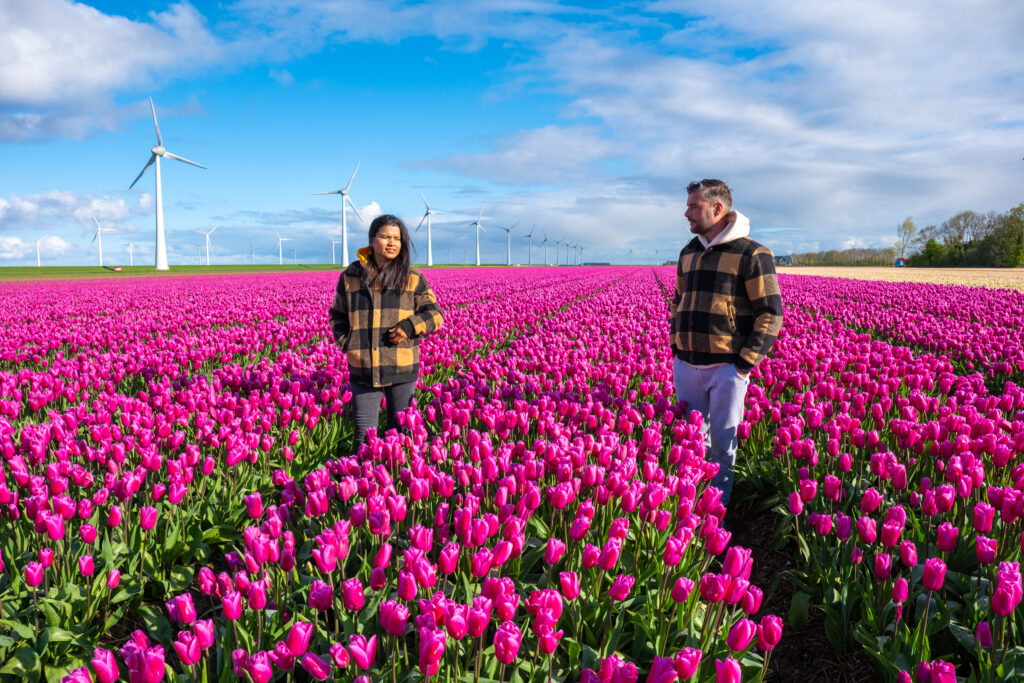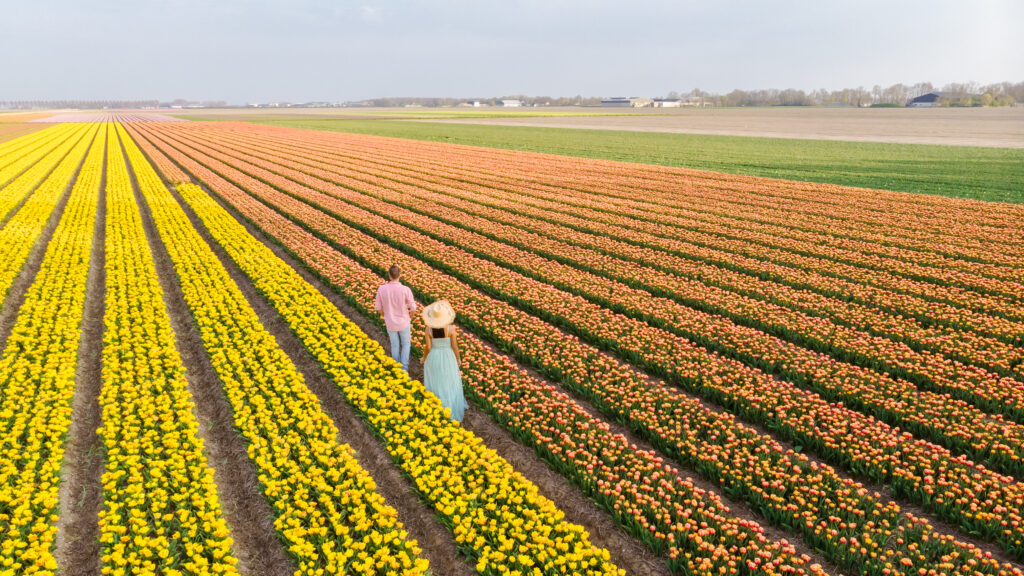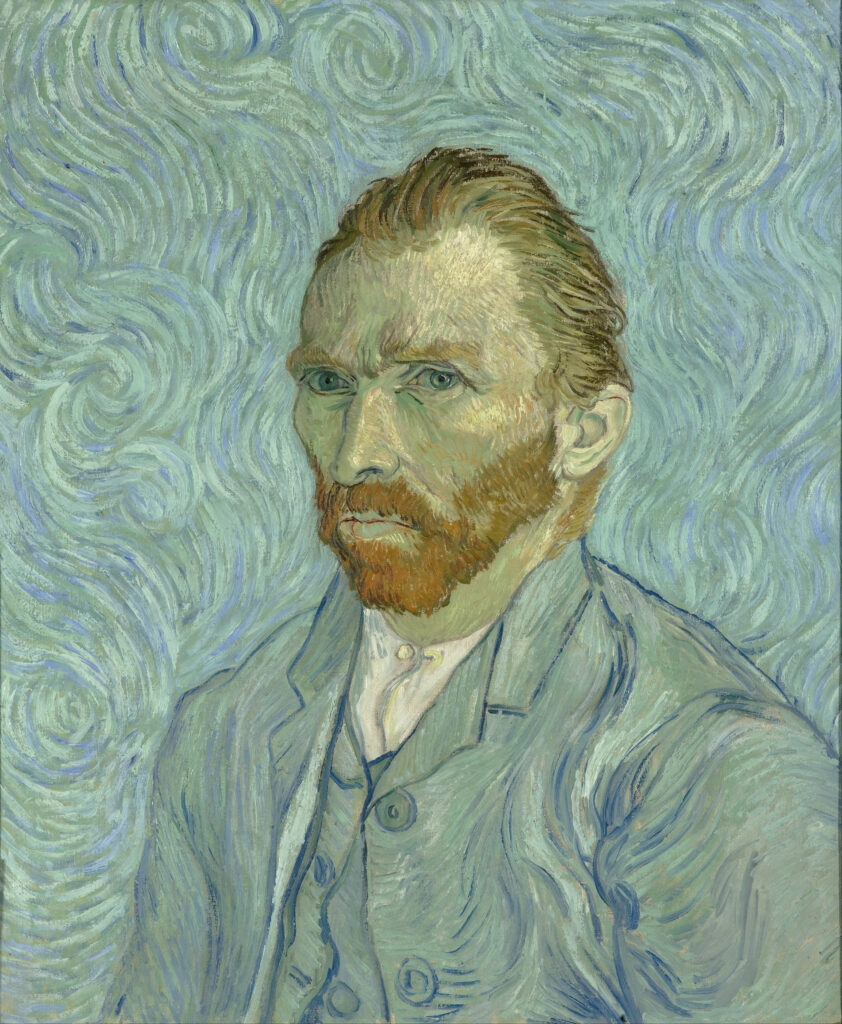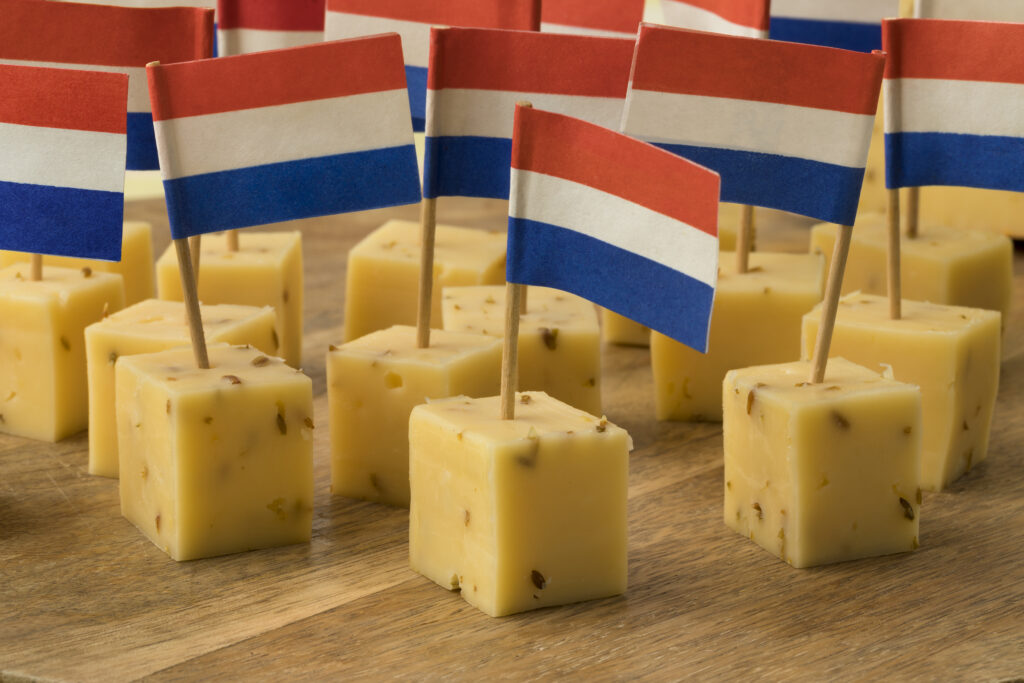The origin of tulips in the Netherlands
Although tulips are now synonymous with the Netherlands, they are not native to the country. In fact, tulips were introduced to the Netherlands in the 16th century from the Ottoman Empire (now Turkey). It was a Dutch diplomat, Carl Peter Thunberg, who brought the first tulips to Europe. Their beauty and unique shape immediately captivated Europeans, and so they became established in the Netherlands, where they quickly found their place in gardens and fields.
The phenomenon of “tulip mania”
In the early 17th century, the tulip became much more than just a flower: it became a veritable obsession in the Netherlands. This gave rise to a unique economic phenomenon known as “tulip mania.” The Dutch began speculating on tulip bulbs, buying and reselling them at extravagant prices. At its peak, some tulips were sold for sums equivalent to houses or farmland! But the bubble eventually burst in 1637, causing an economic crisis. This story is a fascinating example of the deep relationship the Dutch have with this flower.
The tulip festival: a sight not to be missed
Every spring, Dutch tulip fields are adorned with bright colors, offering a striking spectacle. The “Keukenhof,” located near Lisse, is one of the largest tulip gardens in the world. This park, open during tulip season, attracts thousands of visitors each year. With millions of flowers in bloom, thousands of people come from all over the world to enjoy the natural beauty of tulips and discover the richness of Dutch culture surrounding this iconic flower.
The tulip fields: a breathtaking landscape
One of the most iconic experiences in the Netherlands is undoubtedly a visit to the tulip fields. Every year, between March and May, the fields around the towns of Lisse, Haarlem, and Noordoostpolder are transformed into a sea of bright colors, with strips of red, yellow, pink, purple, and white tulips. Visitors can rent bicycles to explore the fields and enjoy the spectacular view. It is an unforgettable experience, whether you are a nature lover, a photographer, or simply someone who wants to discover a unique aspect of the Dutch landscape.
Tulip cultivation today
Today, the Netherlands remains the world’s largest producer of tulips. Approximately 3 billion tulip bulbs are produced each year, with a large portion exported worldwide. Tulip cultivation is a major industry in the country and continues to evolve with new varieties and modern cultivation techniques. The Dutch continue to celebrate their floral heritage with events such as the tulip parade, which attracts spectators from all walks of life.
Tulips in art and culture
Tulips have also left their mark on Dutch culture in art, particularly in the 17th century, the Dutch Golden Age. Artists of the time, such as Jan Davidsz de Heem, immortalized these flowers in their still lifes, symbolizing the richness, beauty, and fragility of life. Even today, tulips continue to inspire artists, photographers, and designers, who capture their essence in modern works.
Why are tulips a symbol of the Netherlands?
Tulips are much more than just a flower in the Netherlands. They symbolize the country’s natural beauty, resilience in the face of adversity (such as the bursting of the tulip bubble), and harmony between humans and nature. For the Dutch, tulips are also a source of national pride, as they embody their ability to transform an imported product into an integral part of their culture.





